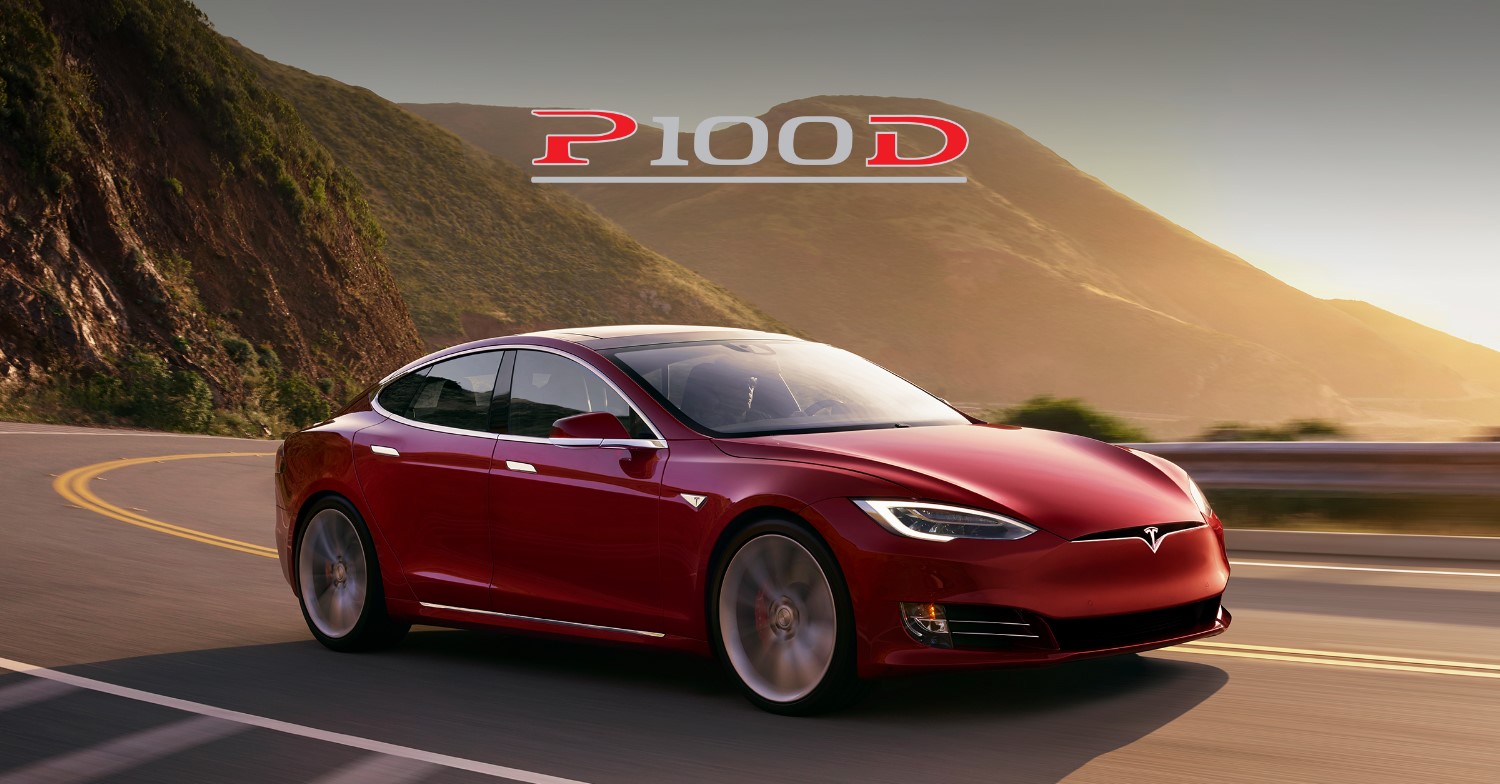Tesla reboots its Autopilot software
 |
| Latest Tesla Model S – P100D |
THE AUTOPILOT SOFTWARE built into Tesla’s electric cars already offers a glimpse of the future, with what feels like autonomous driving on the freeway. Today the company announced a suite of upgrades to the system, to be pushed over-the-air to existing cars over the next couple of weeks writes Jack Stewart of Wired.
“This is quite a massive enhancement," said Elon Musk, Tesla’s CEO, at a press conference. “I wish we could have done it earlier."
Chief among the improvements in Autopilot Version 8.0 is increased reliance on the radar system in the company’s Model S and Model X. The sensors have been in Teslas since October 2014, and the new software will download and run on existing hardware–although Musk says it was quite a job to get it to fit.
Autopilot builds a picture of the world around it using a forward-looking camera mounted near the rear view mirror, a radar in the front bumper, and 12 ultrasonic sensors around the vehicle. Until now, the car’s computer has used the image from the camera as the primary information source.
Tesla says that the new software shifts that burden to the radar, unlocking six times as many information points per object with every reflected pulse. Ten times a second the radar will ping outward, and then assemble those reflections into a 3D image as the car moves.
Radar is a bit of a blunt tool when it comes to imaging, but Tesla has improved the signal processing to make it work, the company says. The repetition is helpful too; it’ll increase the car’s confidence that a reflected pulse is a real object. Obviously not seeing an actual object would be a big deal–the car might hit it. But false positives are almost as bad. An autonomous car is useless if it continually slams on the brakes for no reason.
Maybe even more importantly, the cars don’t learn in isolation. “We’re adding 1.5 million miles per day on Autopilot," says Musk. And the whole fleet learns at once. Even when the system isn’t on, it’s gathering data. The radar could be triggered by a sign over the road, and think there’s something in the path. The radar image still gets geotagged, but if the driver doesn’t manually brake, and neither do several other Teslas at the same place, every Tesla everywhere will learn that it is not something to worry about.
Musk says these improvements would likely have been enough to avoid a fatal crash in Florida in May 2016, where a Model S with Autopilot on hit a tractor trailer crossing the road in its path. The camera on the car didn’t see the white truck against the bright sky, and neither did the driver. Radar would have. It will sense anything dense, and particularly metallic.
Musk points out that radar also works well in low visibility situations like fog. It can sense a multi-car pile-up tangle of metal ahead, long before the camera or the driver can.
Recent criticism has lead to other new features. If drivers ignore warnings to keep their hands on the wheel more than three times an hour, they’ll have to pull over and put the car in park to re-engage the auto steering system. Musk says Tesla has data showing drivers ignore up to 10 beeps an hour at the moment. “We really want to avoid that situation," he says.
Musk admits that it’s impossible to avoid every accident. “You have these rare events occasionally–they’re tragic–but to eliminate all of them we’d be limited to sitting at home on a pillow."
Tesla has run these changes past the National Highway Traffic Safety Administration–Musk says the feds seem happy. “I think we’re making the Model S and X by far the safest cars on the road. I don’t think there’s even a model within a multiple," he says. Jack Stewart/Wired.com
